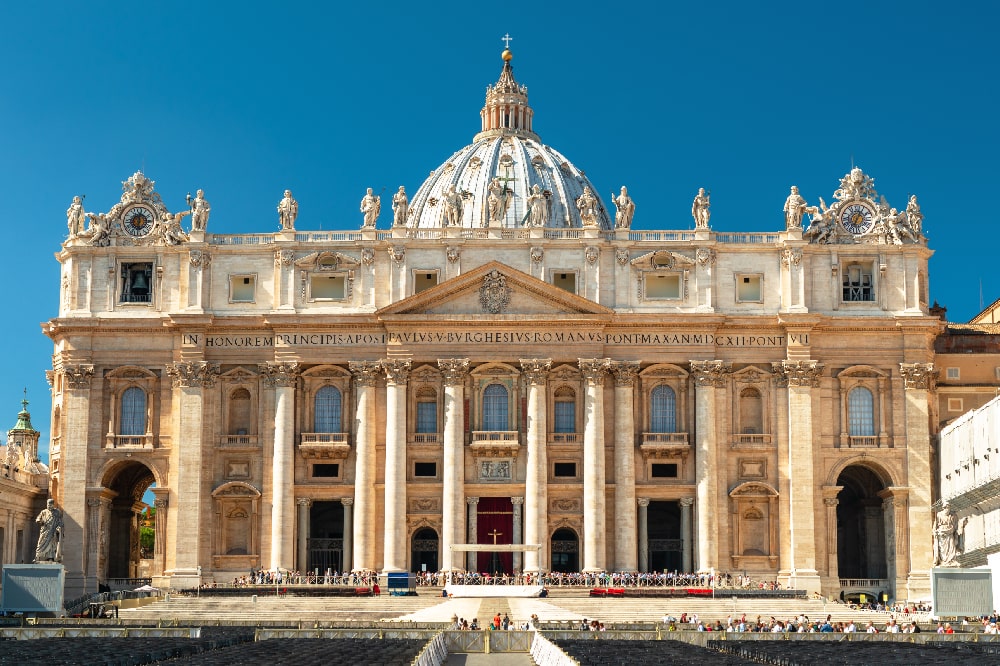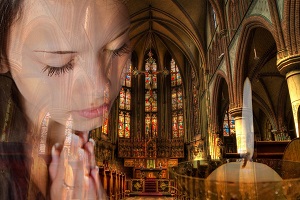Saint Peter’s Baldachin is one of the most spectacular monuments we can admire inside Saint Peter’s Basilica. What is it? Who made it? Let’s get to know this sumptuous baroque art piece, which is admired by millions of visitors from all over the world every year.
Saint Peter’s Baldachin is a ciborium placed in the heart of the Basilica dedicated to the Saint Father of the Church. In Baroque art, a ciborium is a canopy that covers the high altar. Baldachins are real sacred furnishings. They are usually big square or rectangular pieces of fabric, supported by four or more columns decorated with fringes and friezes; they are used to protect cardinals, bishops and popes during processions.
As it is for all other sacred furnishings, even baldachins are often part of the Church treasures. In fact, they were often made with great care and attention, with the best fabrics, gold and precious stones decorations.
Artistic value
Saint Peter’s Baldachin is much more than a simple ciborium. It just not covers the high altar, commissioned by Clement VIII in 1594, but also Saint Peter’ tomb next to it. Such solemn and devoted place is furtherly enclosed by the majestic cupola designed by Michelangelo. A very impressive look, intended exactly to inspire wonder and reverential fear in anyone looking at it, as it was typical of Baroque art and architecture. That is why Saint Peter’s Baldachin is recognized as one of the most amazing monuments of such artistic movement, which enriched Rome with unique palaces and monuments between 1600 and 1700.
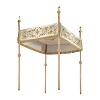
In particular, Gian Lorenzo Bernini designed and built Saint Peter’s Baldachin between July 1624 and 1633. That was not the first time the Church had moved to give homage to the saint’s tomb. Already a hundred years after Peter’s death, at the end of the II century A.D. the Presbyter Gaius had commissioned a small grave shrine, known as ‘Trophy of Gaius’, which soon became a destination of pilgrimage even before Constantine’s arrival. He had the ‘Trophy of Gaius’ stored in a marble shrine. Later, to mark and honor the burial place of the Apostle, they put the altar of Gregory the Great (590-604), the altar of Callistus II (1123) and in 1594, the altar of Clement VIII. The baldachin by Bernini was erected above this last one. This list of unbelievable monuments tells us two thousand years of Church history, and lets us imagine the devotion of millions of men and women who, throughout the centuries, went to that place moved by their own faith.
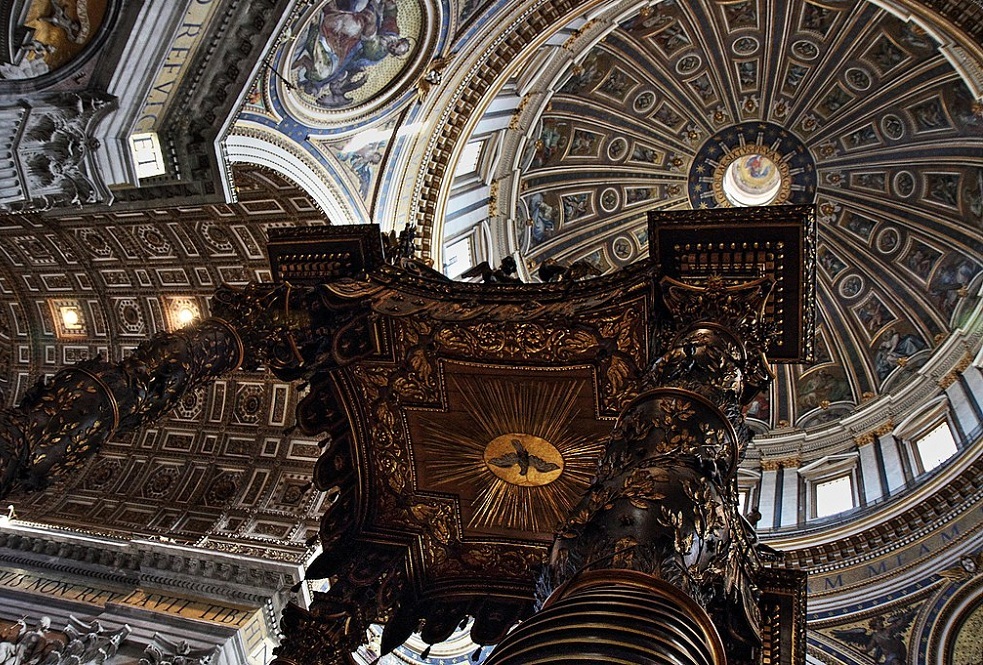
Characteristics and peculiarities
Saint Peter’s Baldachin is twenty-eight and a half meters high, more than a ten-story building! It has a square base, and recalls the shape of the papal baldachin used to cover the pope during processions. Four high bronze columns are at the angles of the marble plinth; they were obtained with the bronze imported from Venice and by fusing the columns of the pronaos of the Pantheon of Agrippa together. They rise in a helical pattern and seem to wrap around themselves like the ones of Solomon’s temple, up until the sumptuous capitals. The columns are 11 meters high and are entirely covered with laurel branches to give homage to Urban VIII passion for poetry.
Bees, symbol of the Barberini family that commissioned the monument, and lizards, which symbolize rebirth and Resurrection thanks to their ability to shed their skin, fly and run among the columns. The first lizard on the Northwestern column faces the sun and symbolizes the pursuit of God; the second lizard in the Northeastern column holds a scorpion in its mouth, which is a symbol of evil in the Apocalypse.
An interesting detail: a rosary is fused in the column on the back at the left. It is a homage from Bernini, through which he declared that he dedicated his work to the Virgin Mary. On one edge, we can see a crucifix, while on the other side there are three devotional medals. On the other side of the column, we can spot another medal, which should represent Pope Urban VIII himself.
The columns rise from polychrome marble plinths where women faces representing the stages of a birth are carved: from the moment of the conception to the birth of the baby, newborn in the last frieze. It seems that this particular choice of decor for the plinths was dictated by one of Pope Urban VIII nieces, who experienced a very difficult pregnancy. Or maybe, it was a way for Bernini to show his own devotion towards ‘Mother Church’.
The capitals are of composite type, with pulvino. Pulvino is an architectural element shaped as an upside down truncated pyramid. It was typical of the Byzantine architecture, and was placed between the capital and the impost of the arch; it was often decorated with fretwork or low reliefs. Here, the composite capitals sustain the ionic volutes of the arches, and are decorated with acanthus leaves, typical of the Corinthian capitals.
The cover is made of gilded wood and shaped as a dolphin’s back; it is lavishly decorated and is proof of the excellence of this monument, a true synthesis of Baroque architecture and sculpture. In particular, four angels’ statues rise on the top of the baldachin at the four corners, and other puttos statues, designed by Francesco Borromini, support the festoons. Some puttos hold Saint Peter’s keys and the papal crown in their hands. One of them lifts a huge upside down bee’s body towards the sky, recalling the symbol of the Pope’s family once more. A globe with a cross stands upon it.
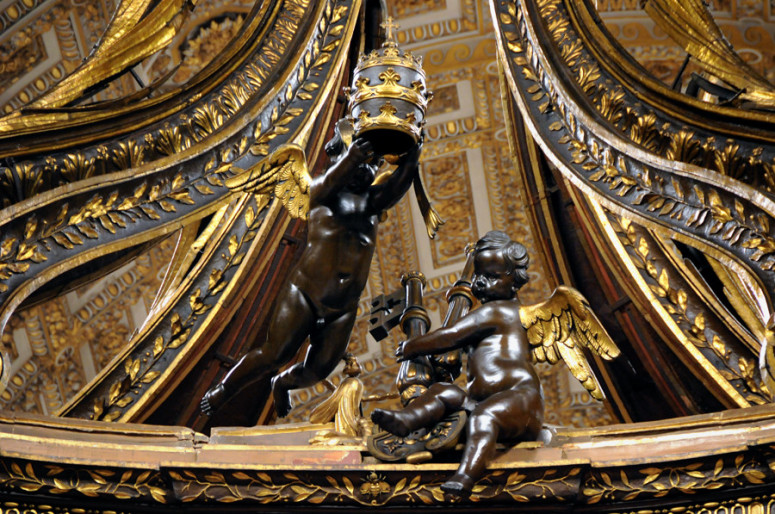
The dynamism of shapes
Besides the greatness of the work itself, we can notice the lightness and dynamism of the shapes, obtained by the artist thanks to his inestimable skill in treating hard materials as if they were soft and light. Even the fringes in fake fabric that ornate the cover, even though it is made of bronze, seem to be fluttering in the breeze!
Bernini did not work alone on this majestic monument. Francesco Borromini was his assistant for the architectural part, and many other artists helped him with the fusion and chiseling parts.
It took Bernini almost 10 years to complete the Baldachin, which was inaugurated in 1633 by Pope Urban VIII. Thanks to its particular architectural structure and the mainly sculptural mark, Saint Peter’s Baldachin can be considered a real manifesto of the Baroque art.

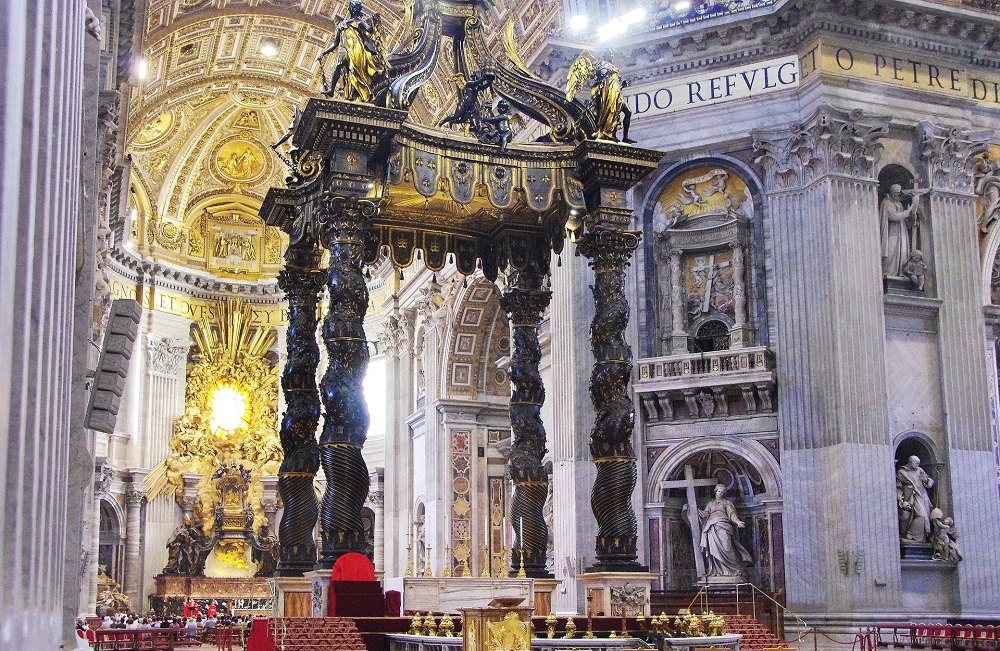
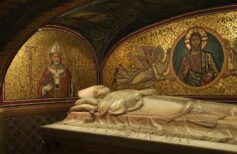
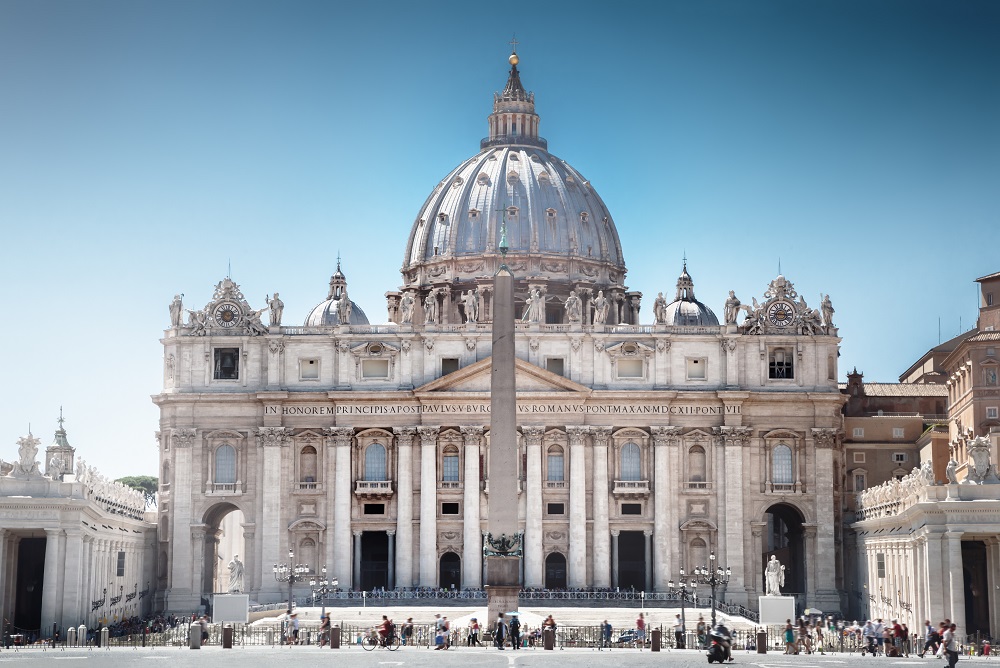
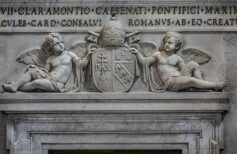
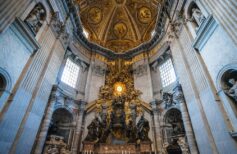
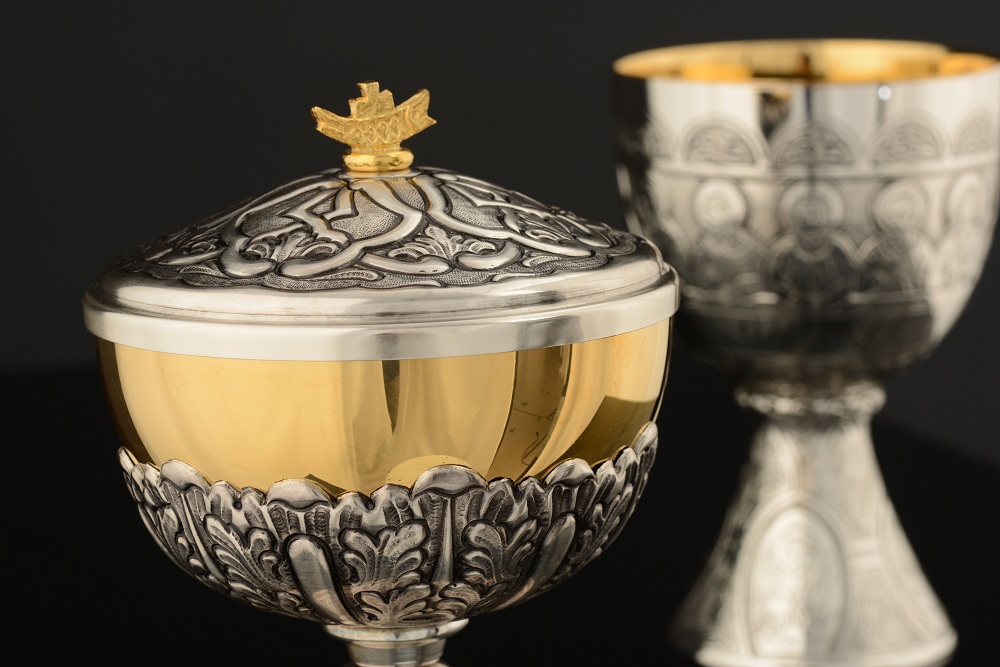
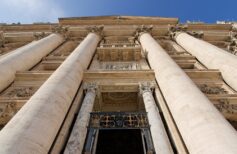
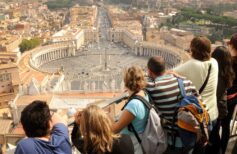
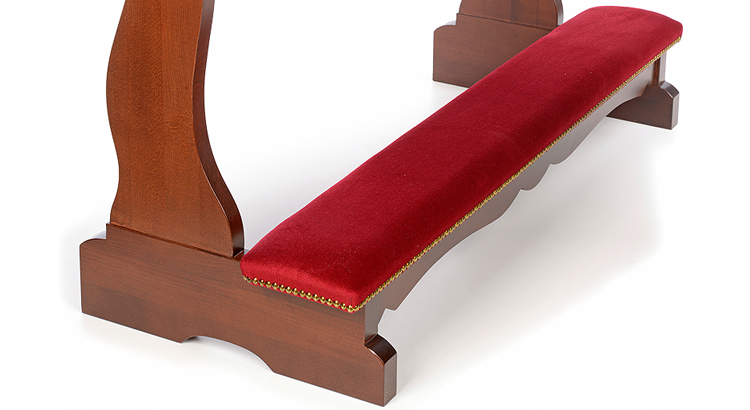
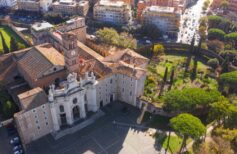








 25 August 2025
25 August 2025

